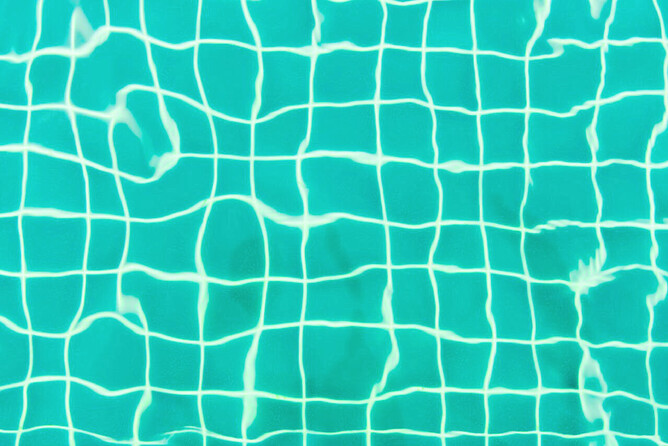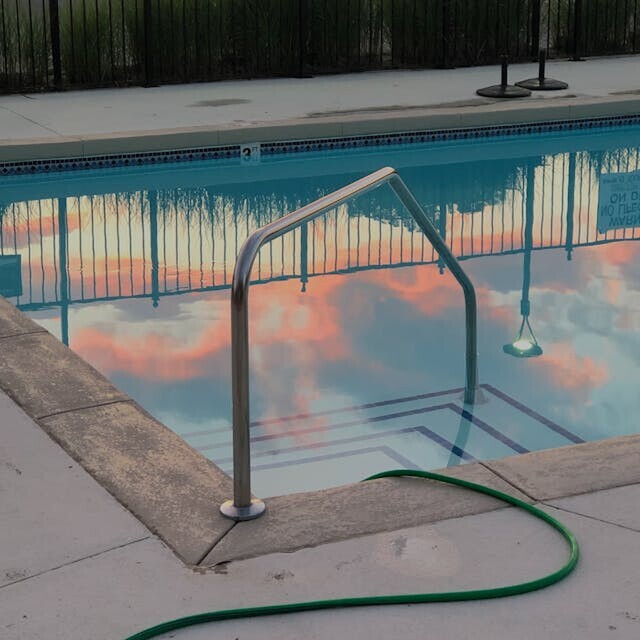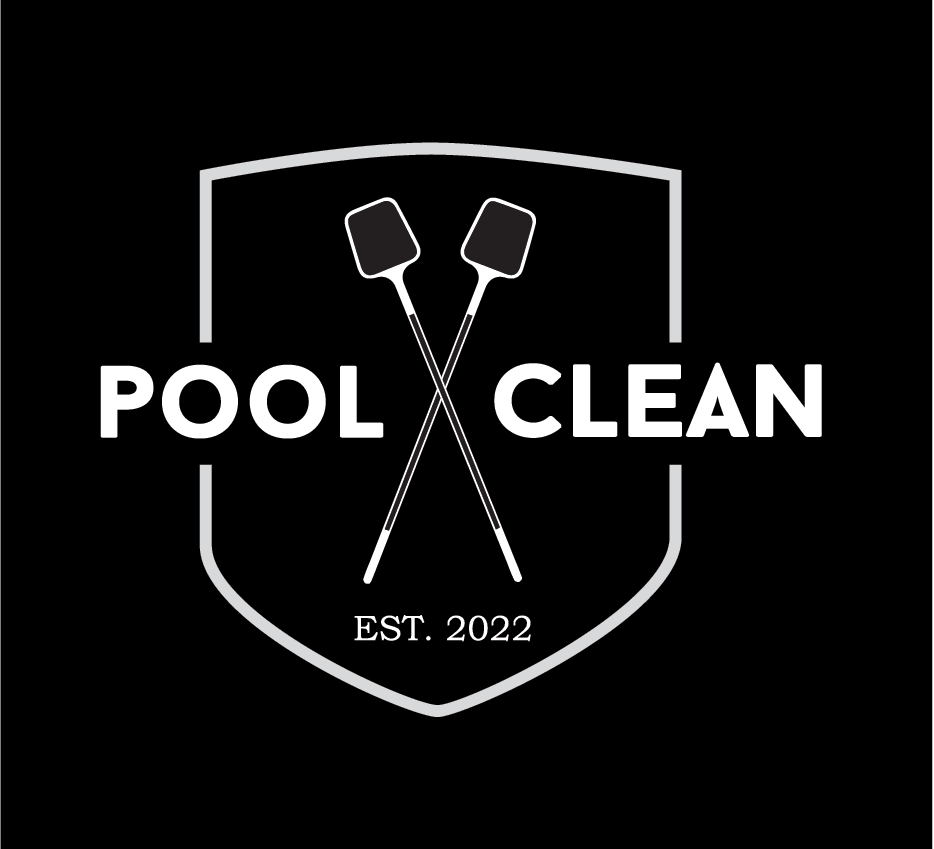Welcome to the crystal-clear solution to your pool's green dilemma!
Algae—the unwanted intruder that can transform your swimming haven into a murky mess. But with a little TLC, we can help you restore your water back to its pristine state. In this comprehensive article, we reveal foolproof strategies for how to get rid of algae in your pool. Learn from our expert advice, with preventive practices and post-invasion clean-up tactics designed to ensure your pool remains algae-free year-long.
At Pool Clean, we offer a range of evidence-based products and maintenance services that can significantly improve and maintain your pool. If you’d like comprehensive testing, servicing, or a green pool clean, get in touch.
Why Is My Pool Green?
It’s important to understand what can make your pool turn green. It isn’t always algae (but most of the time it is). Here are some other bits that may contribute to the swampy hue.
Algae Infestation:
Algae live in most aquatic environments and feed many aquatic lives. They thrive in warm, stagnant water, particularly if the pool's chlorine levels are insufficient, leading to a green swimming pool.
Poor Filtration:
A filtration system that isn't functioning properly can lead to algae and debris buildup. If the water isn't circulating effectively or the filter is dirty or clogged, contaminants will take over the pool.
Insufficient Sanitation Levels:
Chlorine or other sanitisers are essential in keeping pool water clear. When levels drop too low, perhaps due to heavy usage, high temperatures, or a lack of regular maintenance, the sanitising effect reduces and allows algae to proliferate.
Presence Of Pollen:
During certain times of the year, pollen can be mistaken for algae. Trees and plants may shed pollen that finds its way into your pool, resting on the surface and providing a greenish tint. While not as problematic as algae, it still requires regular cleaning to maintain the pool's crystal-clear aesthetic.
Metals In The Water:
Copper is another common cause of green pools. When metal elements like copper become oxidised, they can stain them green. This could happen due to corroded copper pipes or heaters, and the staining may get worse with the addition of chlorine. Enquire here to get one of our friendly technicians to assess this for you.
How To Fix A Green Pool
There are several reasons pool water turns green, and treatment methods depend on the cause. However, when it comes to treating a green pool and getting rid of algae dust, we recommend going back to basics. Follow the below steps to help revive your pool.
1. Balance The Basics
Before anything else, you must check the pool's pH and alkalinity. The pH should ideally sit between 7.2 and 7.6, and the alkalinity between 100 and 150 parts per million. A reliable chemical test kit is critical, as an imbalance can nurture algae growth and cloud your pool's water. Adjust these levels accordingly using pH increasers or decreasers and alkalinity boosters as necessary.
2. Shock The System
Algae, the primary culprit of the green hue, is best removed by potent shock treatment. Using suitable protective equipment, disperse a high dose of chlorine or a non-chlorine substitute into the pool. Follow the manufacturer's guidelines to avoid under or over-dosing. This step gives the water a big shock to thoroughly eradicate the algae and may need to be repeated for multiple days, especially if the algae is rampant.
3. Algae’s Adversary
Algaecides and pool algae cleaners are effective allies when working with shock treatment. These specialised chemicals can limit further algae growth and aid in the cleansing process. Apply the algaecide according to the volume of your pool, making sure the filtration system is running to spread the chemical evenly.
4. Filter Ferociously
Your filter system should run continuously for at least 24 hours to help clear debris. It will work overtime to purge dead algae and other impurities from the water. Periodically clean and backwash the filter to maintain its efficiency. Remember, a clean filter means a clearer pool; do not skip routine checks and maintenance of your filtration system.
5. Vacuum Vigorously
Once the water begins to clear and algae settles on the bottom, you’ll need to vacuum your pool to remove the remaining waste. Ensure you set your filter to the 'waste' setting to prevent clogging. Vacuuming significantly contributes to cleaning algae from your pool.
Treat Your Green Pool With Our Expert Technicians
Ultimately, preventing a green pool is invariably less demanding than correcting one. To keep your pool in pristine condition, regularly monitor and adjust your water's chemical balance, maintain your filtration system, and clean your pool. If you’d like comprehensive testing and servicing, get in touch, and we’ll be more than happy to assist you.





